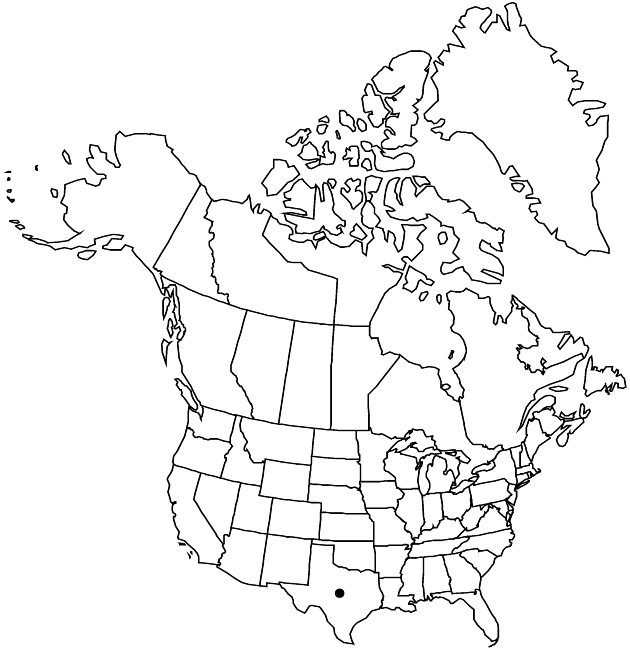Difference between revisions of "Aphanostephus skirrhobasis var. kidderi"
Phytologia 56: 94. 1984.
Basionym: Aphanostephus kidderi S. F. Blake Contr. Gray Herb. 53: 23. 1918
Treatment appears in FNA Volume 20. Treatment on page 352.
FNA>Volume Importer |
imported>Volume Importer |
||
| (2 intermediate revisions by 2 users not shown) | |||
| Line 52: | Line 52: | ||
|publication year=1984 | |publication year=1984 | ||
|special status= | |special status= | ||
| − | |source xml=https:// | + | |source xml=https://bitbucket.org/aafc-mbb/fna-data-curation/src/2e0870ddd59836b60bcf96646a41e87ea5a5943a/coarse_grained_fna_xml/V19-20-21/V20_809.xml |
|tribe=Asteraceae tribe Astereae | |tribe=Asteraceae tribe Astereae | ||
|genus=Aphanostephus | |genus=Aphanostephus | ||
Latest revision as of 21:05, 5 November 2020
Plants (10–)15–35 cm. Stems erect to decumbent, hirsuto-pilose and/or puberulent, hairs (0.2–)0.5–1.2 mm. Leaves not strongly thickened or felty gray-hairy. Ray florets 1–9–40. Pappi of acute or awn-tipped or setiform scales 0.4–2 mm. 2n = 6.
Phenology: Flowering Mar–Jun(–Aug).
Habitat: Sandy or gravelly soils, often in matorral and scrublands
Elevation: 0–50 m
Distribution

Tex., Mexico (Tamaulipas).
Discussion
Apparent intergrades between var. kidderi and var. skirrhobasis are relatively common. There is a greater tendency in Aphanostephus skirrhobasis for leaves to be lobed or pinnatifid over the whole stem than in the other species.
Selected References
None.
Lower Taxa
None.